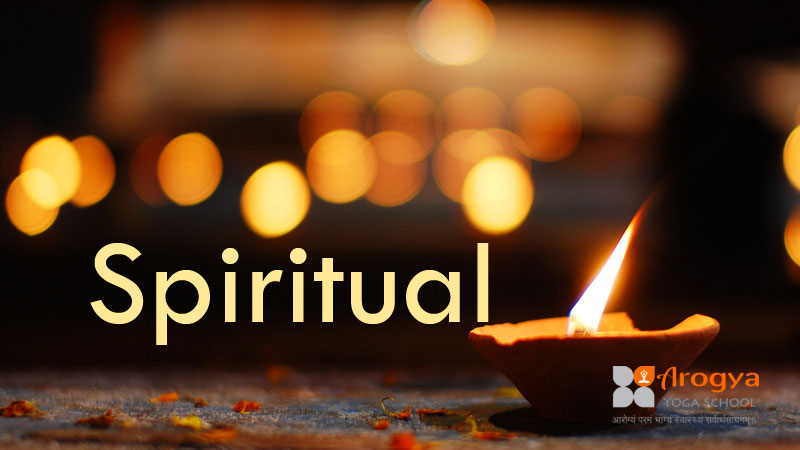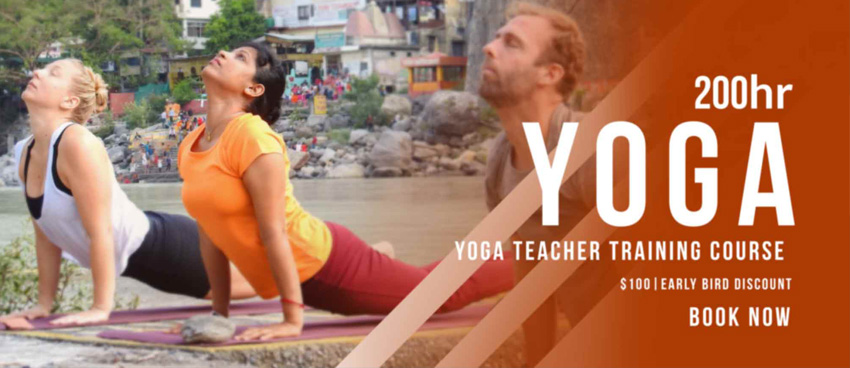
Traditionally, spirituality refers to a religious process of re-formation which “aims to recover the original shape of man,” oriented at “the image of God” as exemplified by the founders and sacred texts of the religions of the world. In modern times the emphasis is on subjective experience of a sacred dimension and the “deepest values and meanings by which people live,” often in a context separate from organised religious institutions. Modern spirituality typically includes a belief in a supernatural (beyond the known and observable) realm, personal growth, a quest for an ultimate/sacred meaning, religious experience, or an encounter with one’s own “inner dimension.”
basic model of stress resolution can be extended to the way of the five activities.The five activities are: lying down (or sitting and meditating), reading, walking (or Yoga asanas), doing good for others (work), and to enjoy life.
There are two levels of meditation. The first level consists of purifying himself through visualisations, mantras, and breath exercises to activate the Kundalini energy. Then you stop all thoughts. The spirit comes entirely to rest. You let the thoughts and feelings come and go as they would. Suddenly peace and happiness appears. Reading spiritual books helps to cleanse the spirit by helping let go of inner conflict. Everyone can read books to obtain spiritual inspiration. There are thousands of spiritual books available.
Another activity of those seeking enlightenment is movement, particularly cardiovascular sports such as walking, running, biking, swimming. Yoga is also a good form of movement. Even the Dalai Lama rides a stationary bike every day, for a half an hour. Swama Shivananda likes to take walks. There are appropriate exercises for everyone. Yogis living in caves developed the very well-known sun salute, for example.
Karma Yoga (doing good). Karma Yoga opens the heart, gives inner power, and develops the consciousness towards all-
encompassing love. Karma Yoga can be practiced one to six hours per day. Swami Shivananda recommended one hour, while Sai Baba is for six. Yogi Nils found three to four hours per day to be a good amount for him. Karma yoga can also be practiced by working people, but of course money is needed to exist in today’s world.
consists of enjoying life. We should bring joy into our lives. That opens our hearts, and brings light inside us. Everyone is predisposed towards something. You can listen to music, eat something delicious, read a good book, watch a movie, find time for your favorite creative hobbies, and so forth. It is important though, to pay attention to the amount with which we busy ourselves with enjoyment. Too much of a good thing is not a good thing, too little makes life sad. Also, too much direct contact with other people during the development of inner happiness should be avoided. A yogi should find out how much contact with others is good for him or her. At a certain point, physical rest can cause the energy of a person to go inward. The person no longer has to direct oneself towards outer activities, and puts more worth on the inner spiritual cleansing, the dissolving of inner conflict, and the development of inner happiness.
This turning point must be discovered by each yogi for him or herself. It is difficult to find and difficult to hold onto. Life energy tends toward an excess of activity or towards dullness. Both need to be avoided with daily exercised self-discipline. When we keep inner calm, inner happiness appears. We can develop our true selves, and our sense of life.





